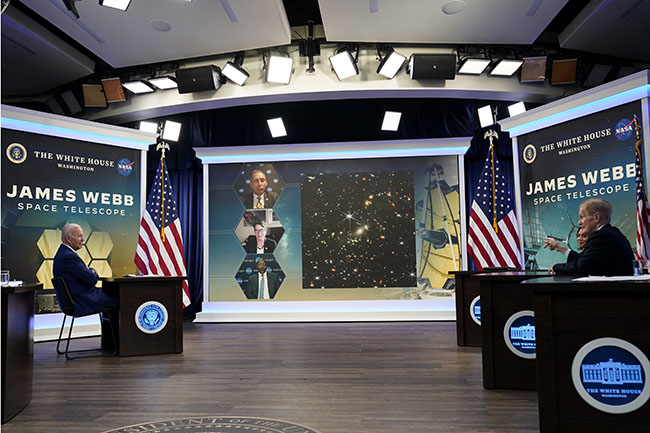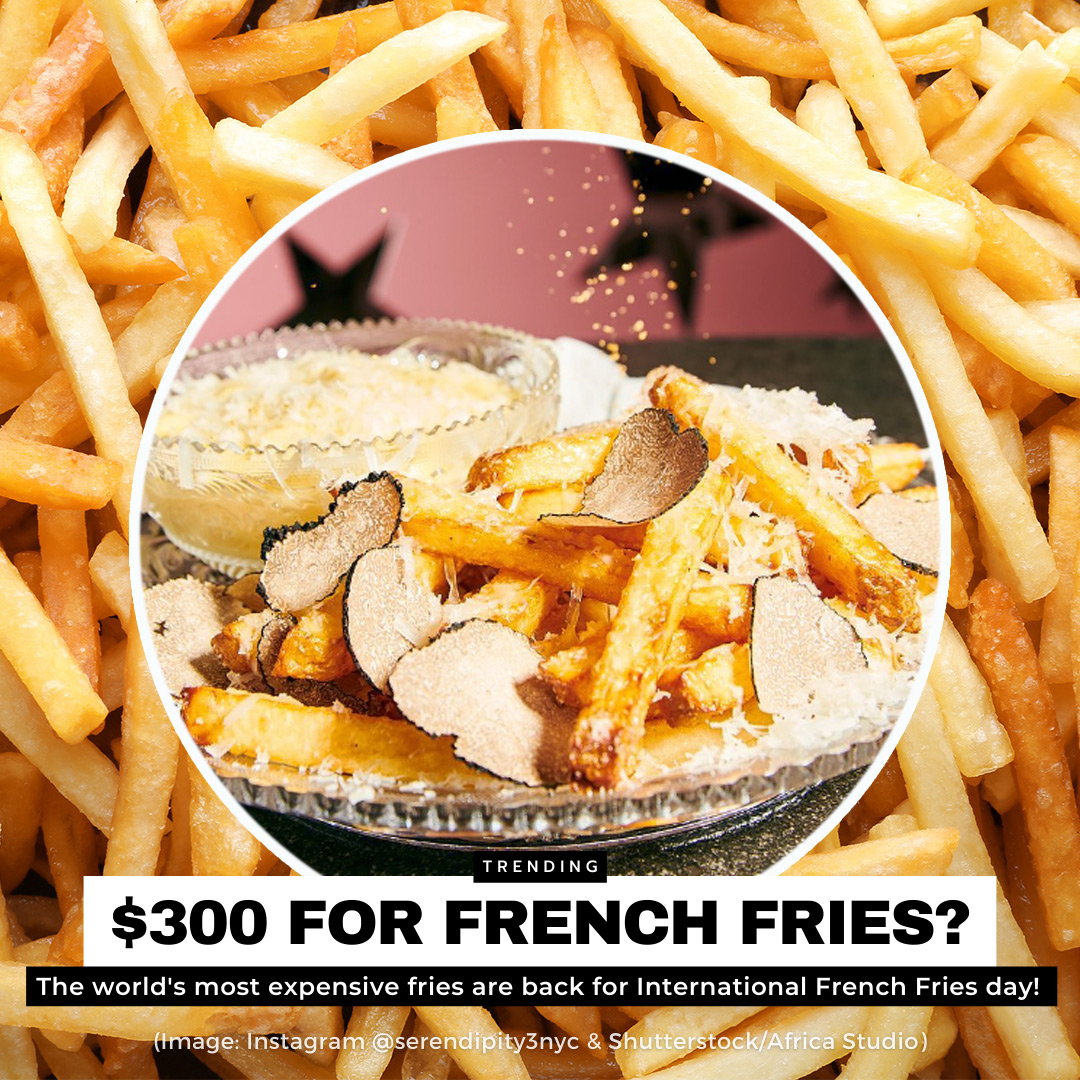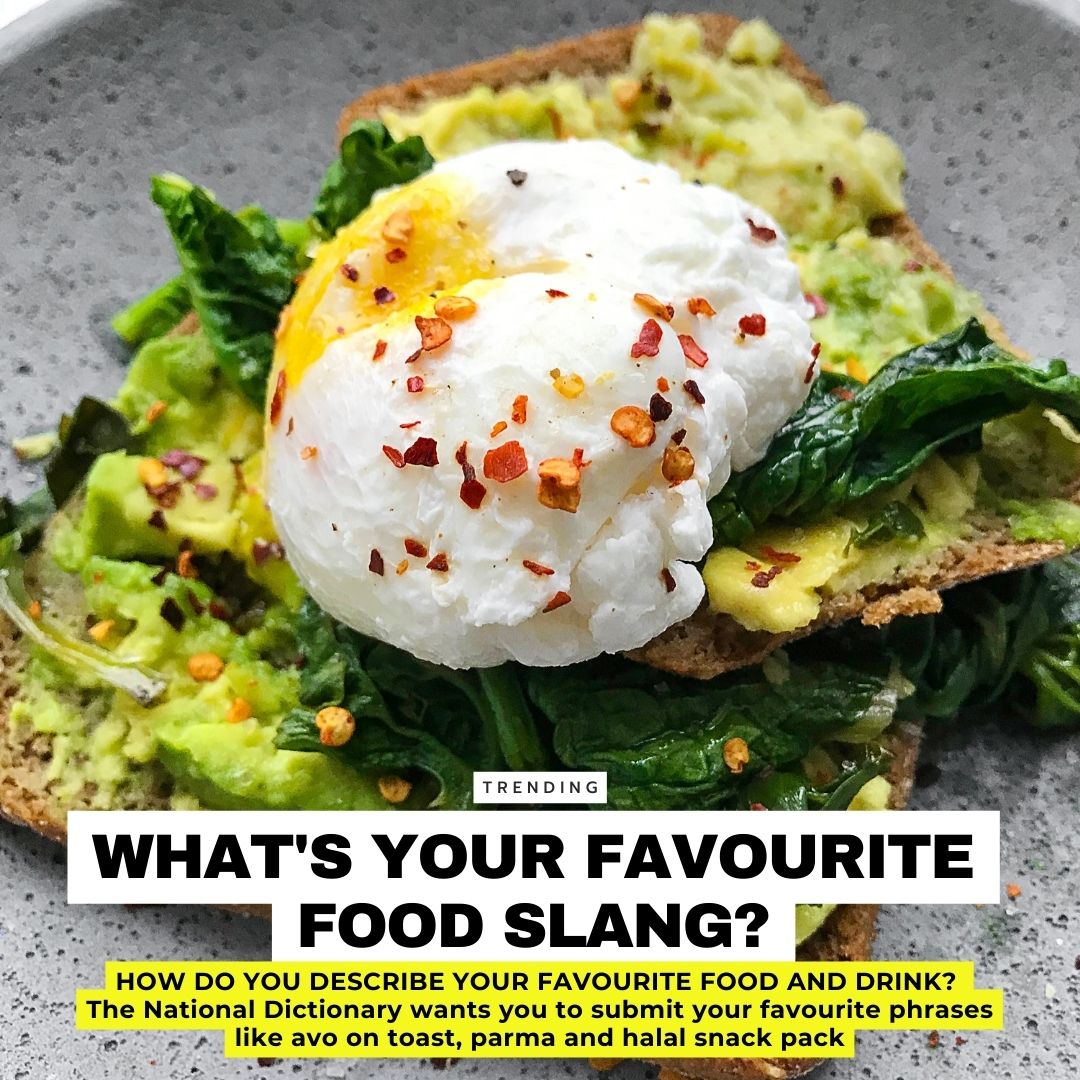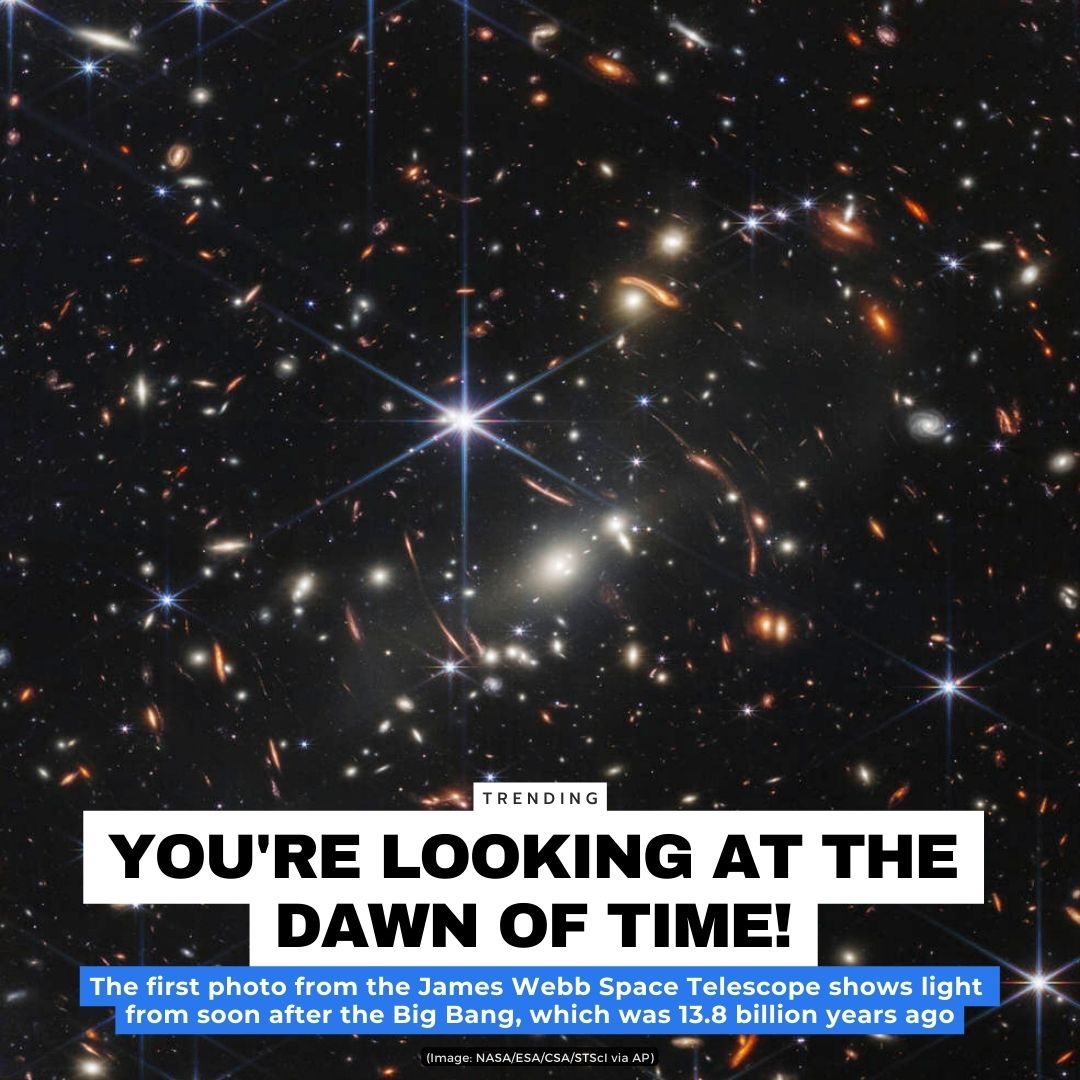All Sites Best of the Web
- Details
- Written by Chris Kerr
- Category: All Sites Best of the Web
- Hits: 144
Wednesday, July 13, is International French Fries Day, and a New York eatery is re-releasing the world's most expensive french fries to celebrate.
Serendipity 3 NYC in Manhattan, New York, had their mouth-watering fries with an eye-watering price tag certified as the world's most expensive last year by Guinness World Records.
"Crème de la Crème Pomme Frites," as they are known, are on the Serendipity 3 NYC menu and sell for a whopping $200 USD (just under $300 Aussie dollars).
What are some of the ingredients you'd use to make the world's most expensive french fries? Guinness World Records went into the kitchen with Creative Chef, Joe Calderone, and Corporate Executive Chef, Fredrick Schoen-Kiewert to find out and discovered that some of the key ingredients are:
- Chipperbeck potatoes
- Vintage Dom Perignon Champagne
- Pure cage-free goose fat from France
- Guerande Truffle Salt
- Crete Senesi Pecorino Tartufello cheese
- Shaved black summer truffles from Italy
- Organic A2 100% grass fed cream from Jersey cows
- Aged Gruyere Truffled Swiss
- A 23k edible gold dust topping
But what do they taste like? Record-breaking competitive eater Kevin Thomas Strahle (known as L.A. Beast) tried out the fries and discovered the chef's secrets in the video below:
Would you like fries with that?
- Details
- Written by Grant Broadcasters
- Category: All Sites Best of the Web
- Hits: 145

"Avo on toast", "parma" and "halal snack pack" have all become part of everyday Australian vernacular and the national dictionary is documenting the country's culinary maturity with a new version.
The Australian National Dictionary Centre (ANDC) based at the Australian National University is looking for new contributions from the public with a focus on food-related words and phrases.
ANDC Director and chief editor of the dictionary Dr Amanda Laugesen said as culinary culture changes in Australia, so too does language.
"There are a much wider range of food choices available now - multicultural dishes, street food, ingredients from native plants and animals. We also like our less formal ways of enjoying food, from sausage sizzles to food festivals," she said.
"All of these changes are reflected in the language we use, and we expect that there are many new Australian food-related terms that we have not recorded."
Are you fond of a scallop or do you prefer potato cakes?
— ANU Media (@ANUmedia) July 12, 2022
The Australian National Dictionary Centre is seeking your favourite food phrases and snack-related slang as part of its annual public appeal.
📖 https://t.co/VEDkJZHldM pic.twitter.com/l9sHr3pQxE
Dr Laugesen said the crowdfunding exercise of appealing to the public will also unearth older, arcane terms that have fallen out of fashion.
"We also welcome contributions that may not be new but you think should be recorded. We've collected some older words that should have gone into the dictionary before, such as honey joy, tank loaf, bushman brownie and smiley fritz to name a few," she said.
The public can share their food terms via the ANDC's Word Box feature or through the its contact page.
© AAP 2022
- Details
- Written by Grant Broadcasters
- Category: All Sites Best of the Web
- Hits: 133

US President Joe Biden and Vice President Kamala Harris listen to NASA Administrator Bill Nelson during a preview the first images from the Webb Space Telescope, the highest-resolution images of the infrared universe ever captured( Photo by Yuri Gripas/ABACAPRESS.COM)
Our view of the universe just expanded, with the first image from NASA's new space telescope brimming with galaxies and offering the deepest ever look at the cosmos.
The first image from the $US10 billion ($A15 billion) James Webb Space Telescope is the furthest humanity has ever seen in time and distance, closer to the dawn of time and the edge of the universe.
The 'deep field' image released at a White House event is filled with lots of stars, with massive galaxies in the foreground and faint and extremely distant galaxies peeking through.
It's here–the deepest, sharpest infrared view of the universe to date: Webb's First Deep Field.
— NASA (@NASA) July 11, 2022
Previewed by @POTUS on July 11, it shows galaxies once invisible to us. The full set of @NASAWebb's first full-color images & data will be revealed July 12: https://t.co/63zxpNDi4I pic.twitter.com/zAr7YoFZ8C
Part of the image is light from not too long after the Big Bang, which was 13.8 billion years ago.
"We're going to give humanity a new view of the cosmos," NASA Administrator Bill Nelson told reporters last month in a briefing.
"And it's a view that we've never seen before."
As been told, take a grain of sand, hold it at arms lenght. Thats the % of universe you're seeing here.
— Tom Plesier 🇺🇦 (@TomPlesier) July 11, 2022
More images will be released later on Tuesday, including a view of a giant gaseous planet outside our solar system, two images of a nebula where stars are born and die in spectacular beauty and an update of a classic image of five tightly clustered galaxies that dance around each other.
The world's biggest and most powerful space telescope rocketed away last December from French Guiana in South America.
It reached its lookout point 1.6 million km from earth in January.
Then the lengthy process began to align the mirrors, get the infrared detectors cold enough to operate and calibrate the science instruments, all protected by a sunshade the size of a tennis court that keeps the telescope cool.
The plan is to use the telescope to peer back so far that scientists will get a glimpse of the early days of the universe about 13.7 billion years ago and zoom in on closer cosmic objects, even our own solar system, with sharper focus.
Webb is considered the successor to the highly successful, but ageing Hubble Space Telescope.
Hubble has stared as far back as 13.4 billion years. It found the light wave signature of an extremely bright galaxy in 2016.
HUBBLE vs JWST: Here's the difference. Welcome to a new era of astronomy. pic.twitter.com/ATIOhc2mnQ
— Ian Lauer (@ianlauerastro) July 11, 2022
Astronomers measure how far back they look in light-years with one light-year being 9.3 trillion kilometres.
"Webb can see backwards in time to just after the Big Bang by looking for galaxies that are so far away that the light has taken many billions of years to get from those galaxies to our telescopes," Jonathan Gardner, Webb's deputy project scientist said during the media briefing, said.
How far back did that first image look? Over the next few days, astronomers will do intricate calculations to figure out just how old those galaxies are, project scientist Klaus Pontoppidan said last month.
The deepest view of the cosmos "is not a record that will stand for very long", Pontoppidan said, since scientists are expected to use the telescope to go even deeper.
Thomas Zurbuchen, NASA's science mission chief said when he saw the images he got emotional and so did his colleagues.
"It's really hard to not look at the universe in new light and not just have a moment that is deeply personal," he said.
At 6.4m, Webb's gold-plated, flower-shaped mirror is the biggest and most sensitive ever sent into space.
It is comprised of 18 segments, one of which was smacked by a bigger than anticipated micrometeoroid in May. Four previous micrometeoroid strikes to the mirror were smaller.
Despite the impacts, the telescope has continued to exceed mission requirements, with barely any data loss, according to NASA.
NASA is collaborating on Webb with the European and Canadian space agencies.
"I'm now really excited as this dramatic progress augurs well for reaching the ultimate prize for many astronomers like myself: pinpointing 'Cosmic Dawn' - the moment when the universe was first bathed in starlight," Richard Ellis, professor of astrophysics at University College London, said.
© AP 2022
- Details
- Written by Daniel O'Carroll
- Category: All Sites Best of the Web
- Hits: 134
OMG, It’s the moment we’ve all been waiting for.
The first look at the highly anticipated return of Kylie Minogue and Jason Donovan to Ramsay Street.
And these images do not disappoint.
Like this one, at the spot where they first met back in 1986 (I'm not crying, I'm cutting onions)

Reprising their roles as lovebirds Charlene and Scott, the history-making final episode of Australia’s longest-running drama Neighbours, will be simulcast on 10, 10 Peach and 10 Play on Thursday, July 28 at 7:30 pm, in a gripping and emotional 90-minute finale.
Does anyone else have the Scott and Charlene wedding song, Angry Andersons "Suddenly" stuck in their head now? Play this while you look at the next one.

The show has spent nearly 37 years on the air with almost 9000 episodes and over the years many good neighbours have become good friends.
This is what 35 years of marriage looks like… #Neighbours pic.twitter.com/bxQvNmA6FL
— NeighTweets (@NeighTweets) July 11, 2022
Don’t miss an unmissable final week of Neighbours, which starts Monday, July 25.
Alright.. one last bit of nostalgia.
Page 25 of 205



